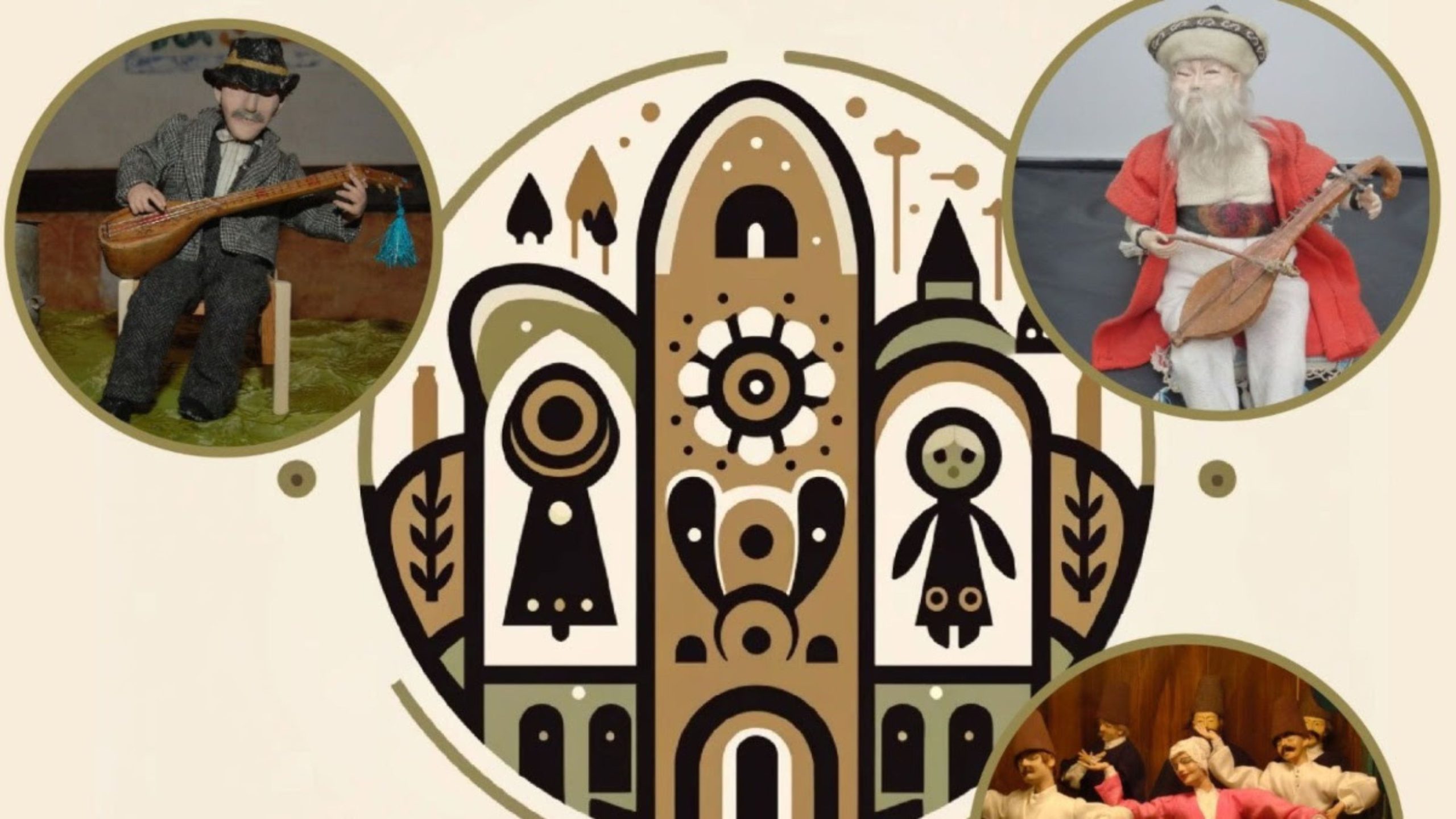
- This event has passed.
Traditional Tragacanth Dolls Exhibition
May 7, 2024 @ 10:00 am - May 10, 2024 @ 6:00 pm
Free
Visit the Yunus Emre Institute London Gallery from 7th to 10th May 2024 for the debut exhibition of Traditional Tragacanth Dolls by Sibel Radiye Gül. Discover a unique collection exploring Anatolian motifs, Turkish-British relations, and universal themes.
Traditional Tragacanth Doll Artist Sibel Radiye Gül’s first tragacanth doll exhibition in London showcases a unique art form that connects storytelling from the past to the future.
Selected from the Cappadocia Museum of Art and History, the exhibition features a wide collection ranging from female motifs in Anatolia from ancient times to the present, Turkish-British relations, famous portraits, and universal messages. The exhibition is organised by the TB Centre for Cultural and Creative Industries in London in collaboration with the Yunus Emre Institute.
Sibel Radiye Gül is a traditional crafts artist who has been working on tragacanth dolls since 1980. Especially in works depicting Anatolian history, culture, and folk tales, tragacanth dolls are brought to life with costumes and decorated scenes appropriate to the selected theme. Due to her training in various fields of traditional Turkish arts (wood carving, cross-stitch, embroidery, needle lace, marbling, felt, miniature, illumination), Radiye Gül prepares all the costumes, decorations, and accessories required for tragacanth doll compositions herself. Gül has been registered as the “Turkish Ministry of Culture’s Traditional Tragacanth Doll Artist” since 2012. She exhibits domestically and internationally, continuing her tragacanth doll work with stories reflecting the rich cultural heritage of Anatolia.
The Cappadocia Museum of Art and History, founded by Gül in 2001 as Turkey’s first Tragacanth Doll Museum, is an important cultural memory space for the making, preservation, and transmission to future generations of traditional tragacanth dolls. The museum has been operating in the town of Mustafapaşa (Ürgüp) in Cappadocia under the status of a “private museum” affiliated with the Turkish Ministry of Culture since 2005.
